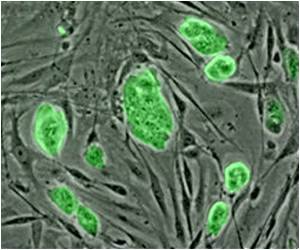
Premenstrual dysphoric disorder (PMDD) impacts around 1.6 percent or 31 million women and girls globally. The disorder is marked by both physical and mental symptoms, necessitating increased public awareness of this often overlooked illness, reports a study published in the Journal of Affective Disorders (1

Premenstrual disorders and PMDD – a review
).
Addressing PMDD Awareness and Diagnosis Gaps
Women with PMDD suffer mood changes (such as depression and anxiety), physical symptoms (such as breast tenderness, and joint pain), and cognitive problems (difficulty concentrating or memory complaints). According to Dr Thomas Reilly at the University of Oxford’s Department of Psychiatry, the proportion of those affected could be higher than 1.6 percent.
“Because diagnostic criteria are so strict, this is likely an underestimation of the lifetime prevalence of PMDD, and many more women and girls may be undiagnosed. Even so, the data emphasizes that at a given time point, there is still a significant minority of women with symptomatic PMDD, which is strongly associated with suicidal thoughts,” he said.
’
A higher proportion — 3.2 percent — had provisional diagnoses, where the condition is suspected but symptoms had not been measured for a sustained period of time to meet the criteria for a confirmed diagnosis. “There is little training around PMDD for psychiatrists or indeed medical students. Patients often find themselves falling through gaps in clinical services, such as between gynecology and mental health services.
GPs’ knowledge about PMDD is also very variable. In psychiatry, we rarely consider whether a patient’s symptoms might relate to hormonal changes. “We need better awareness and training among health professionals about this debilitating but highly treatable condition so that patients can benefit from effective, evidence-based management and support,” Dr Reilly added.
Researchers used data from 50,659 female participants in 44 studies across six continents. They say the data challenges many preconceptions about the illness, including that it is a medicalization of ‘normal’ menstrual symptoms, or that it was a ‘Western culture-bound syndrome’.
“In a world where the health and well-being of every individual matters, the revelation that approximately 31 million females worldwide may be silently grappling with Premenstrual Dysphoric Disorder,” said Clare Knox, an organizational psychologist who co-authored the paper and has experienced PMDD herself.
Reference:
- Premenstrual disorders and PMDD – a review – (https://www.sciencedirect.com/science/article/pii/S1521690X23001343)
Source-IANS



